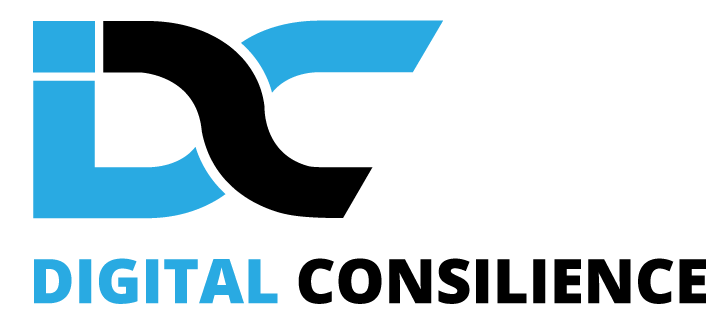After 20 years as a Search Engine Optimization Specialist & Content Strategist with more than a decade in the travel industry, I can say with a fair amount of confidence that you are failing to create effective content.
To be fair, creating content that captures readers’ attention and drives them to continue reading is not easy, so it is understandable that you are struggling.
However, even in our world of information overload, it is possible to craft content that rises above the flotsam and buys you a little of your reader’s precious daily attention. If you’re still reading this, then I’ve proven my point.
Granted, whether you are a destination, attraction, travel agent, tour operator or other participant in the travel industry, you are spoiled for choice when it comes to creating powerful, captivating and engaging content. We are talking about travel after all, not trying to sell shipping boxes. Our products are the stuff of which dreams are made.
Far from being a dream, however, is the stark reality that our industry is highly competitive and I would go so far as to say that compelling content is the most important determinant to your success. You may have an amazing destination or a life-changing tour but you can’t sell that with poor photos, lackluster video and Wikipedia-like descriptions.
I am not going to try and teach you how to become a master of creating content. You have enough hats to wear as it is and the last thing you need is another Fedora. In this new column for Leisure Group Travel, I will, however, strive to provide you with a useful framework through which you can structure and evaluate your content and those that are producing it for you.
Speaking of beginnings, we need to start somewhere, and regardless of whether you have a decade’s worth of content or have yet to publish your first piece, the following four guidelines will serve you well. We will dive deeper into each, and others, in upcoming installments.
Know Your Audience
Creating audience profiles is nothing new, but is surprisingly skipped over by many in our industry. Different demographics consume content differently, have varying expectations and use different language styles. Personas inform and guide your content creation process to help you fine-tune your message and appropriate delivery channel.
Research Twice, Write Once
Keyword research is critically important because it informs you not only what topics your audience is searching for, but also the potential likelihood of you creating content that can compete in that topic space. It helps refine and narrow your topics, sometimes in surprising directions, but it also tells you what not to write about, so you don’t waste resources.
Lay Out the Plan
You now know your travelers and have your topics, but before you begin the first piece, use a tool like Airtable or Monday to organize and schedule out your content. You’ll likely be dealing with multiple writers and various types of content, spread across numerous distribution channels. This will not only keep you publishing regularly, but will serve a historical record of what you have written and make later analysis easier.
Analyze, Refine & Improve
Publishing your content is not the end of the journey. Check in on each piece every three months and see how it is performing. Is it ranking for the right keywords? If so, how well is it ranking? What isn’t it ranking for and why? Is the content converting? How can the piece be improved to increase its effectiveness?
Lastly, remember, you may not be good at creating effective content, but that isn’t important, it isn’t your job. What is important is understanding what goes into the process, so you can effectively manage its production and properly analyze its performance.
Lance Harrell, Owner/SEO Specialist
